This Creative Studio in Brooklyn Will Craft Your Dream Piece of Furniture
The Brooklyn Navy Yard, a shipyard and industrial complex located on the East River, has become a hub for a variety of creatives, from Catbird to Steiner Studios. Amongst it all, one homegrown studio is making a name for itself with its own recipe of grit, inspiration, and a realistic and meaningful approach to sustainability. Skilset, a creative studio and fabrication shop that’s found its home in the BNY for the past five years, crafts truly one-of-a-kind furniture from salvaged materials sourced from around New York City, and rethinks the top-down model of many studios by giving their members autonomy in what they build.
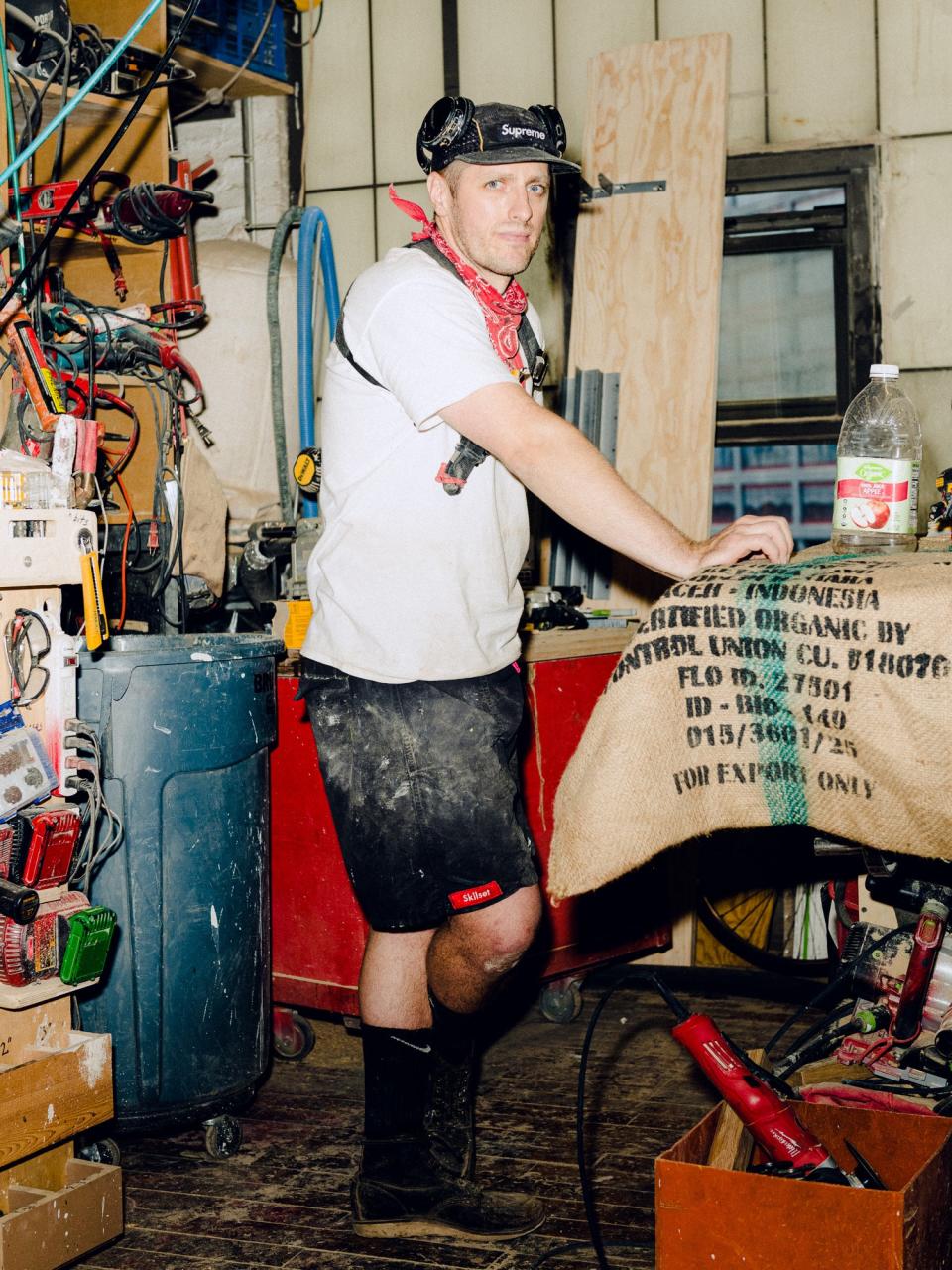
Skilset is the brainchild of Andy Tyson, a Parsons/The New School alum who developed an appreciation for New York City’s history and the surplus materials it provides on the daily. Rather than balk at the imperfections found in the collected materials, Skilset embraces them—at any given time in its shop, you can find a Brâncuși-style plinth, cut from antique shipyard beams, or an stylish coffee table made with recycled plywood and poured concrete.
One piece in particular, the “PL-01” mirror, has caught the eye of dealers, collectors, and everyday design lovers, and can be spotted at influential locations around New York like Sandy Liang or Raini Home. Crafted from their own special plaster-ish blend, the mirror speaks heavily to the organic furniture trend that can be seen popping up around Instagram.
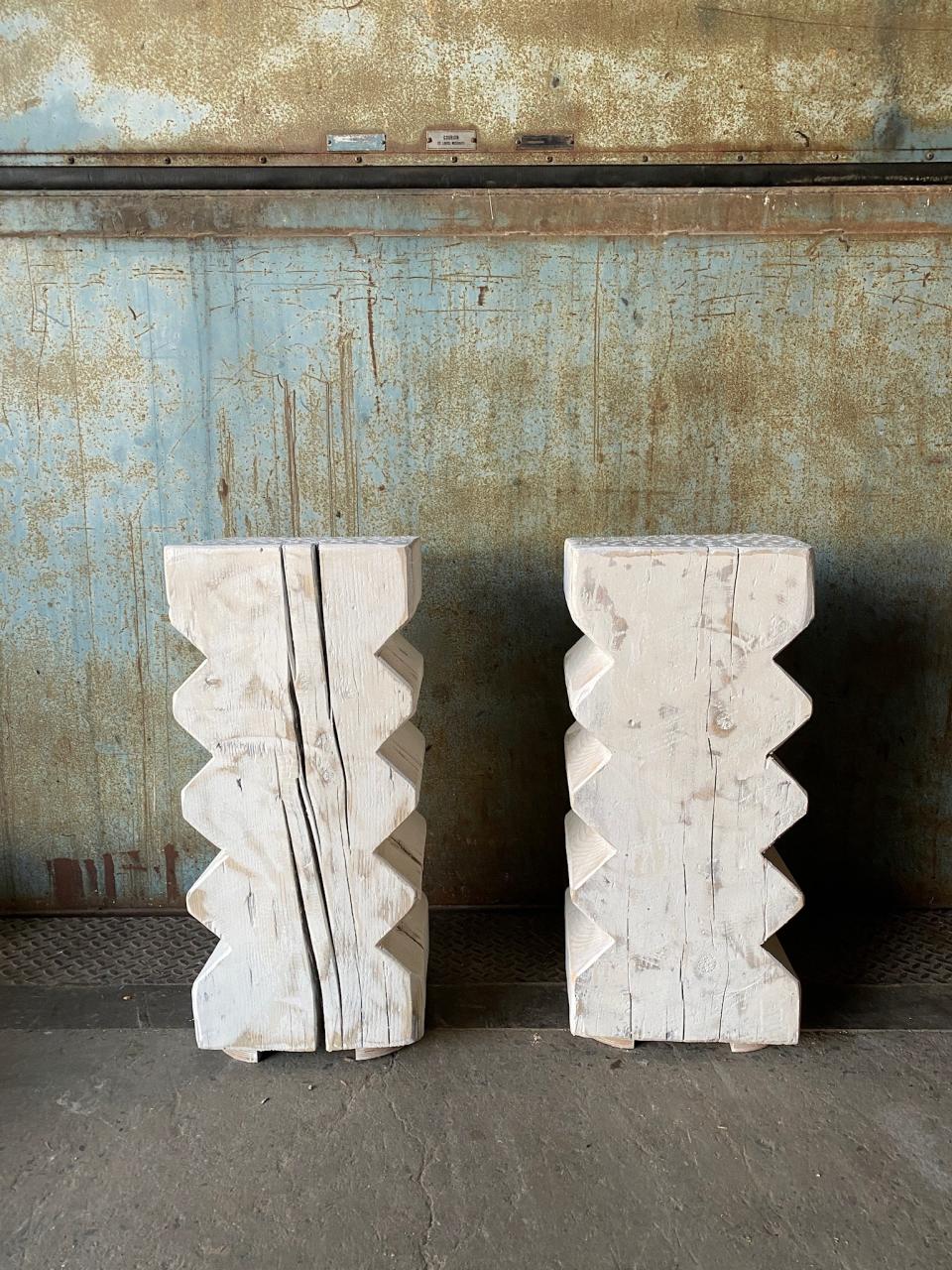
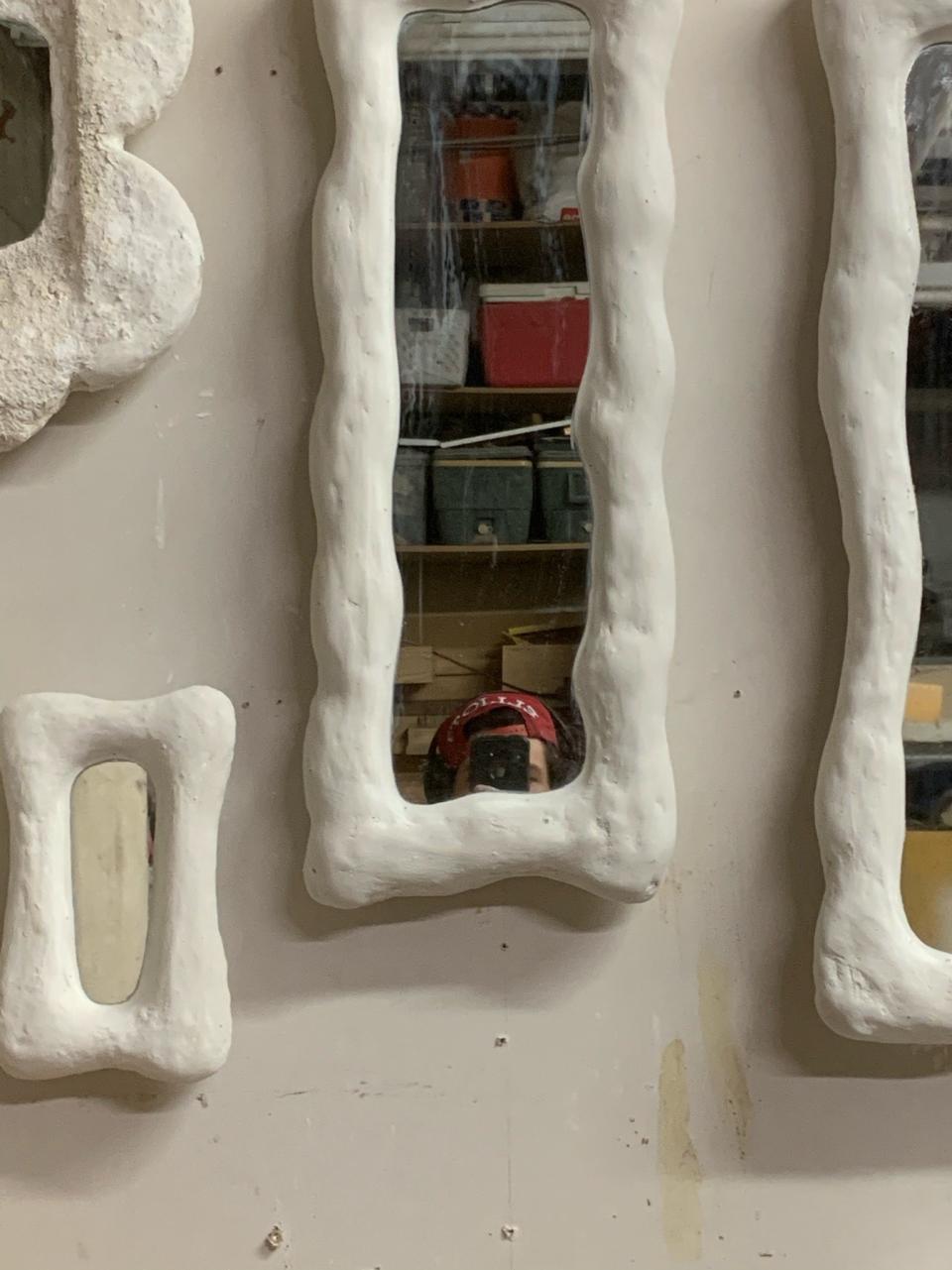
For the collective, it’s all about the materials. “We like to let the city’s materials guide what we make, rather than the other way around,” Andy says. “We get more interesting results that way.” Skilset members’ work, playful and purposefully “rough,” calls to mind the work of artists like Tom Sachs or Max Lamb, whose portfolios are just as much about process and materials as they are about the finished product.
Beyond that, Skilset is also a teaching studio, and everyone working in the shop enjoys comparing projects and giving each other tips on how to achieve the look or feel they are seeking for their work. As Kimari Hazward, a designer and photographer who frequents the collective, explains, “Working at Skilset has taught me a lot about woodworking and fabrication. Each of the members comes from a unique background, and the collaborative spirit of the collective lends itself to both pragmatic and imaginative approaches in furniture making. Coming from photography, I didn’t have much wood shop experience when starting, but that has never felt like a drawback when everyone meets each other where they are creatively.”
“Collaboration can be beyond just giving one another tips. It can inspire energy for new products and push boundaries of comfort zones,” says Julia Peterpaul, another member of the collective.
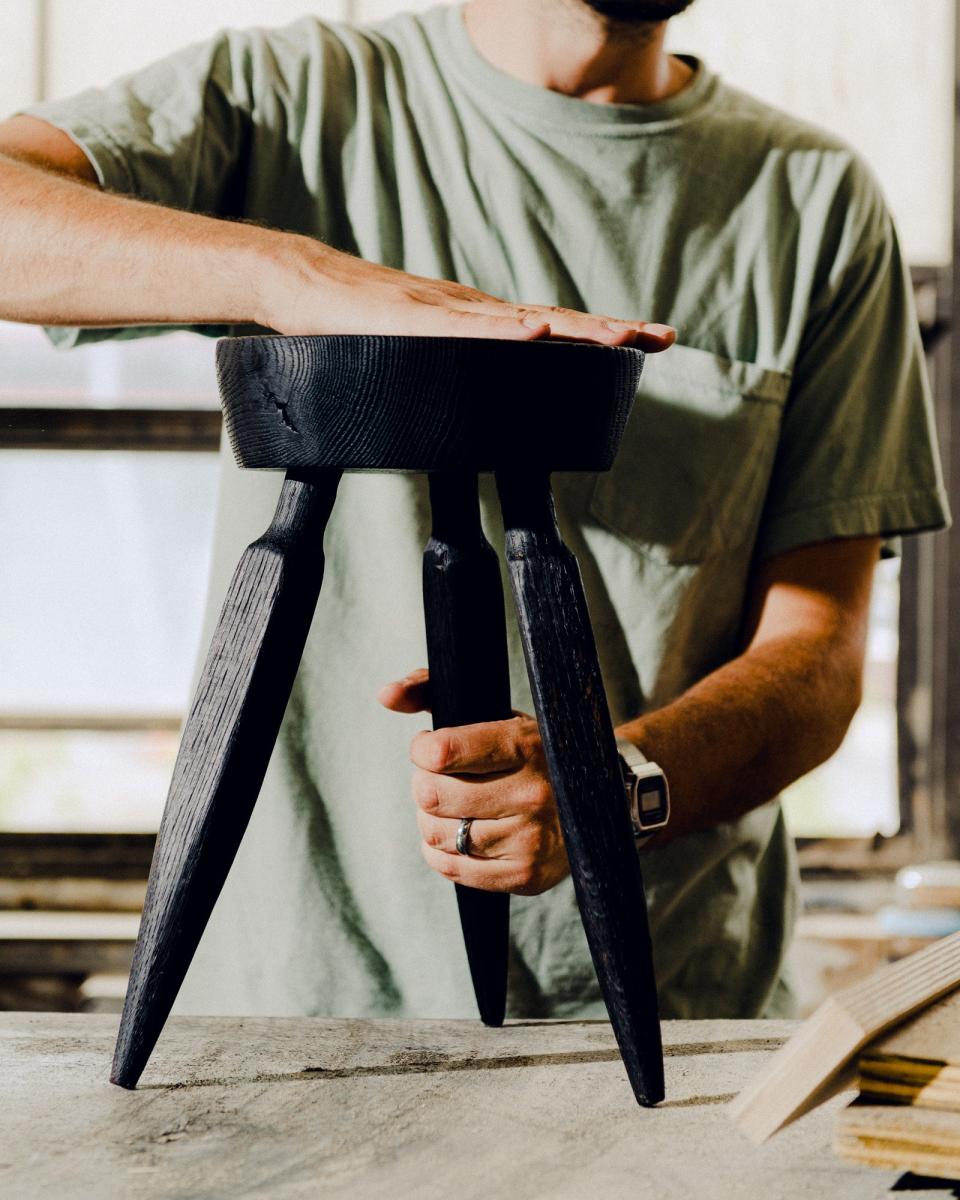
For those interested in purchasing Skilset’s unique pieces, visit its weekly studio sale in the Brooklyn Navy Yard—just look for more info on its Instagram. Its inventory changes weekly, so there’s always something new up for grabs. Skilset also makes custom mirrors and bigger custom wood-based pieces, so shoot it an email and build your dream design.
“We love New York, and it’s important that we connect with our city in everything we do,” Andy says. “We’d love to continue to see our pieces in spaces big and small around the city.”
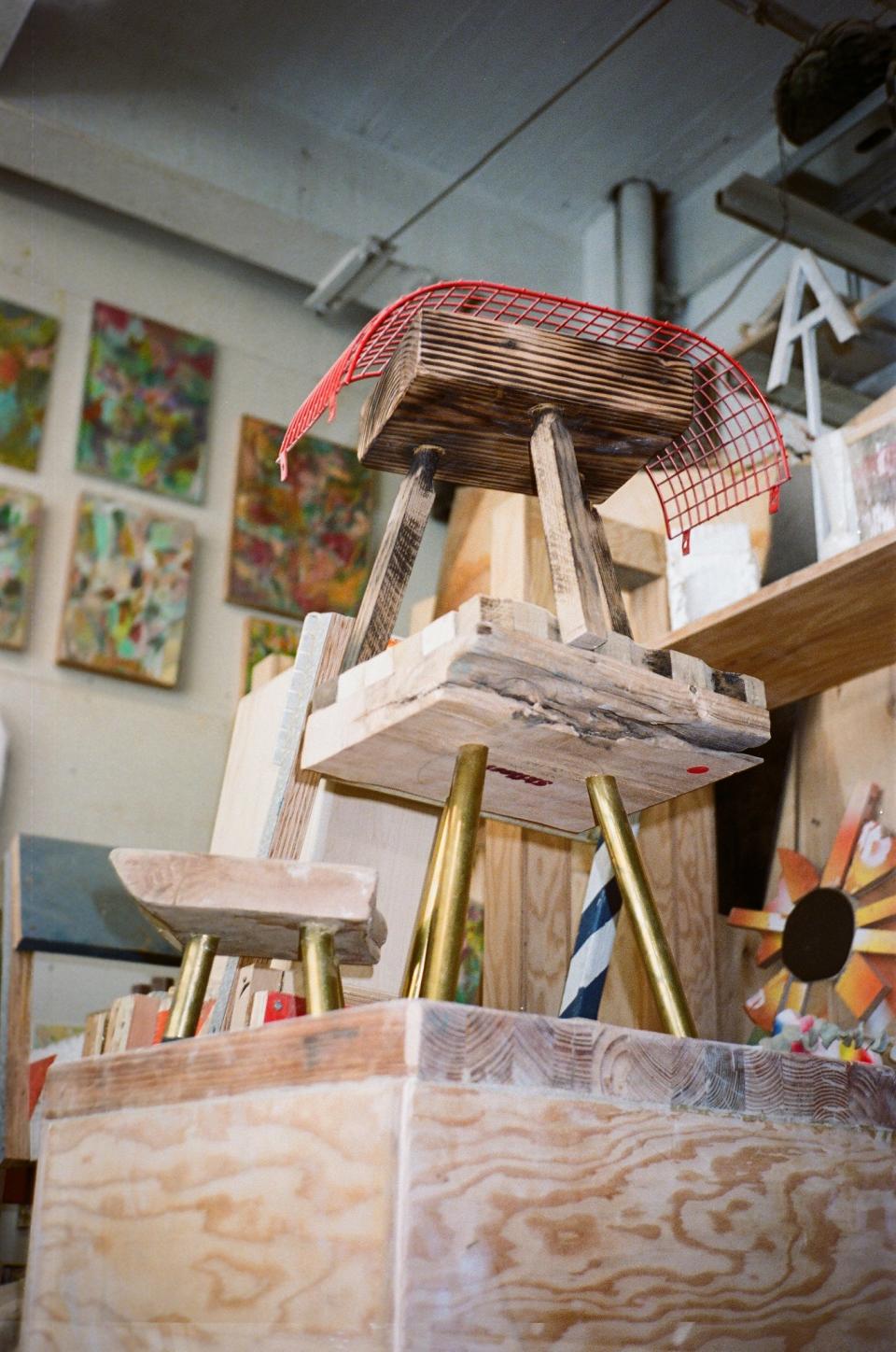
Originally Appeared on Architectural Digest

